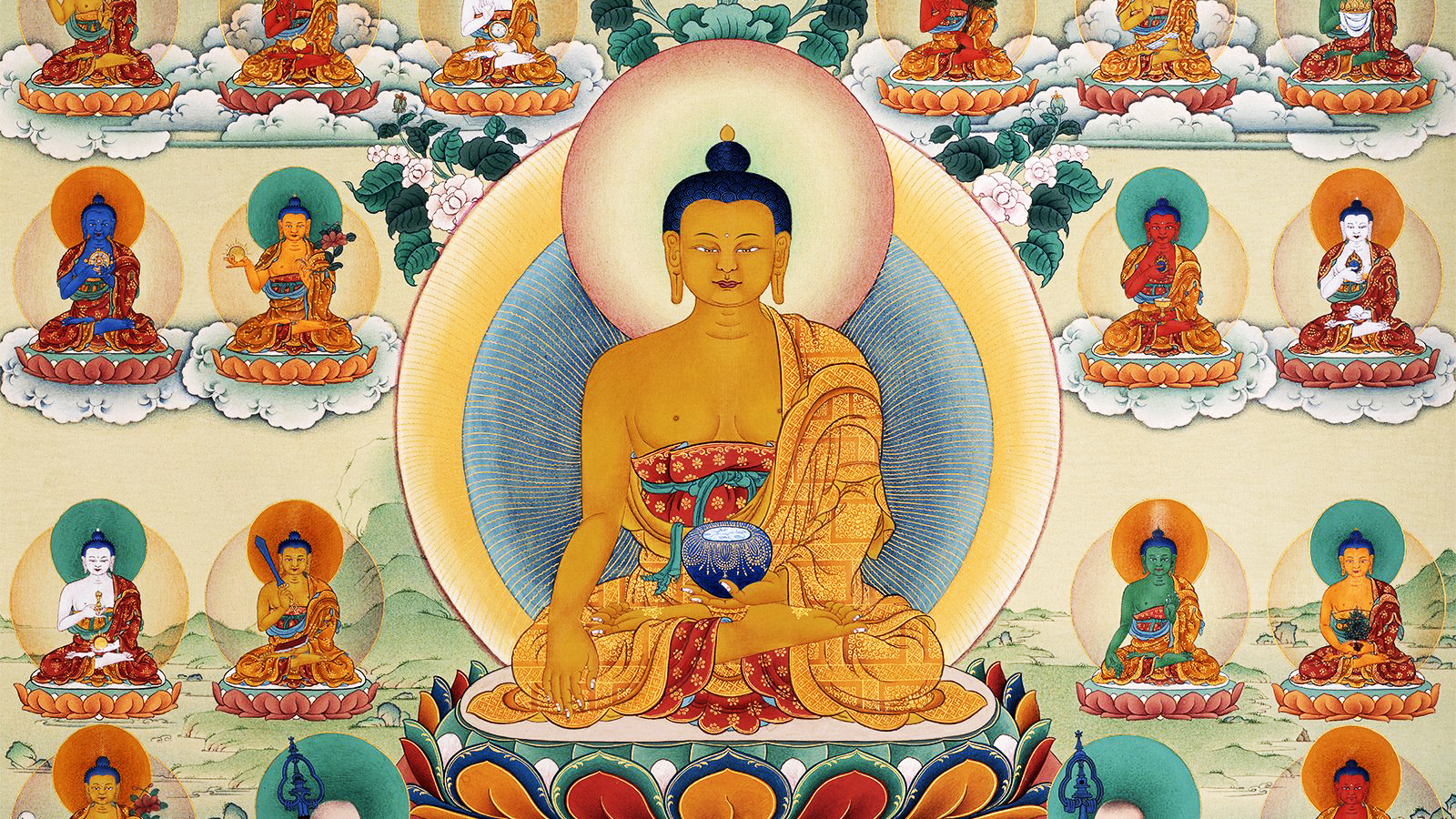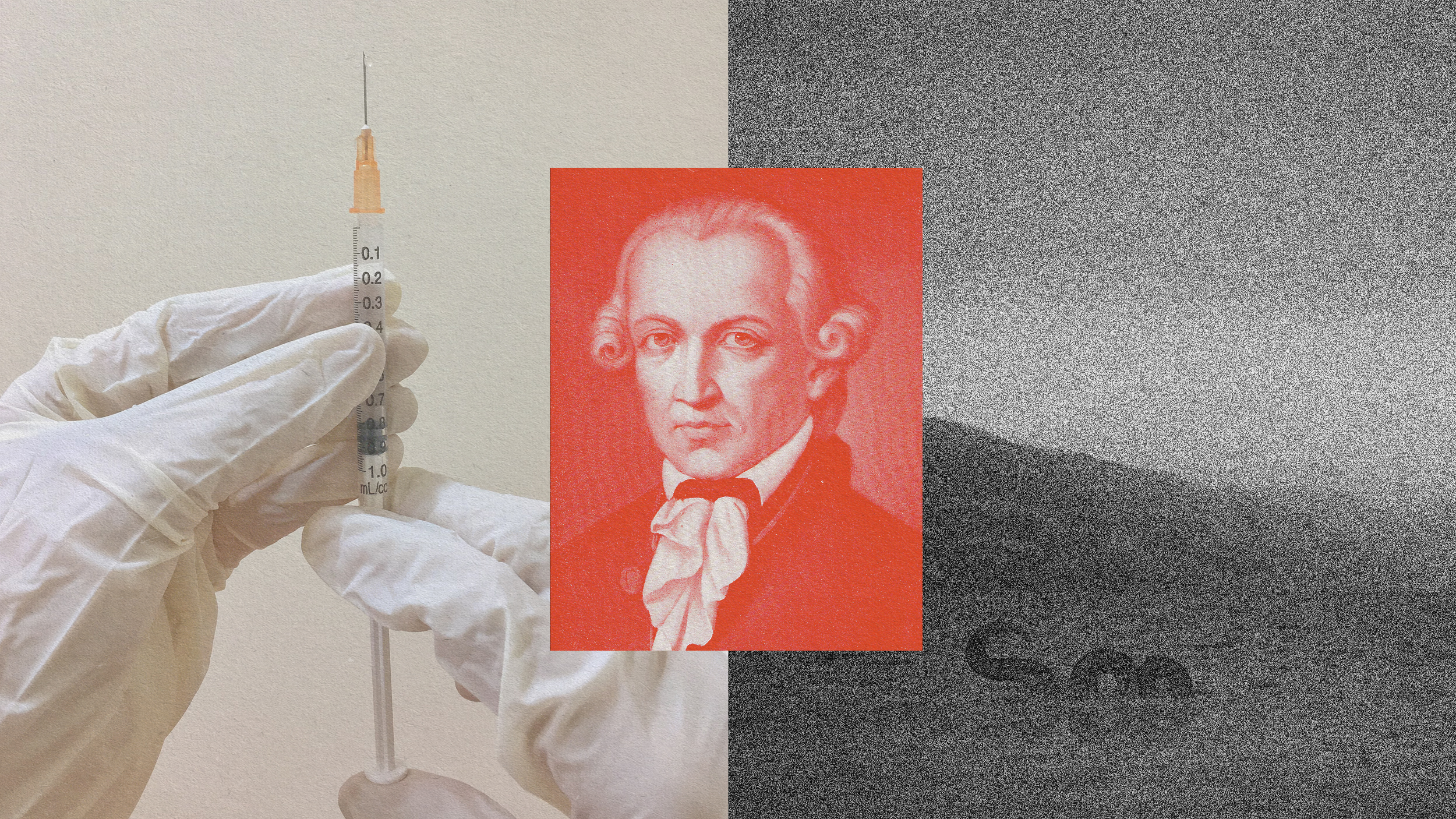Everyday Philosophy: Are Stoicism and Buddhism unhealthy philosophies?

- Welcome to Everyday Philosophy, the column where I use insights from the history of philosophy to help you navigate the daily dilemmas of modern life.
- This week we look at the philosophy of non-attachment and ask how healthy it is.
- To answer our question, we look at the idea of “spiritual bypassing” and how detachment should not be done lightly.
When does detachment cross the healthy border? People often say, “Don’t take things to heart.” “Accept without pride. “Let go.” But at some point, this becomes too much. But where? How do we know?
– Jiri, Czechia
A fantastic question, Jiri, and one that has been on my mind recently. If you spend any time around the philosophical sort, you will usually find a healthy majority of people flirting with Stoicism or dabbling in Buddhist literature. Of course, in many ways, the two are as different as you would expect two philosophies born in different cultures, thousands of miles apart. But the two tend to agree on a similar idea: the problem of attachment.
In Stoicism, Epictetus once wrote, “If you’re fond of a jug, say, ‘This is a jug that I’m fond of,’ and then, if it gets broken, you won’t be upset. If you kiss your child or your wife, say to yourself that it is a human being that you’re kissing; and then, if one of them should die, you won’t be upset.” And it’s a famous Buddhist teaching and a cornerstone of the Four Noble Truths that “attachment is the root of suffering.” Both Stoics and Buddhists are keen to point out that craving and clinging to the transient leads to dukkha, misery, or dissatisfaction.
But Jiri raises an interesting question. When does this kind of detachment become unhealthy? After all, most people reading this would find it odd — or even pathological — if you saw a parent shrug off the death of their child. Which suggests there is some kind of line to be drawn. Sometimes detachment can be an unhealthy thing.
To explore Jiri’s question, we shall unpack John Welwood’s idea of “spiritual bypassing” and compare it to what a healthy and philosophically mature kind of detachment might look like.
Welwood: Religion is not therapy
Religion is a great comfort to many people. In fact, Karl Marx, Sigmund Freud, Friedreich Nietzsche, and B.F. Skinner all argued that it’s a defining characteristic of religion to act as a defense mechanism. It’s a balm to soothe our pains and a crutch to keep us from falling.
But in the 1980s, the Buddhist teacher John Welwood coined the expression “spiritual bypassing” to argue how damaging this can sometimes be. For Welwood, spiritual bypassing is “spiritual ideas and practices to sidestep personal, emotional ‘unfinished business,’ to shore up a shaky sense of self, or to belittle basic needs, feelings, and developmental tasks.” In other words, it’s when the religious believer uses their beliefs to sidestep the need to address their real symptoms. They hide, rather than address, certain psychological needs. Consider two examples:
Harriet is depressed, and so she turns to her friend Jane for help. Jane says, “Pray to God. God will help.” And so Harriet does: Every night she prays that God will take away her self-loathing and lethargy. She prays she will feel better.
Now imagine Philip. His dad has died, and Philip loved his dad deeply and feels the ache of his death is tearing him apart. And so he turns to the Buddhist practices of non-attachment. He meditates for days at a time and reads Buddhist literature at night. He comes to believe that yearning for his dead dad is wrong. It’s born of desire.
The case of Philip relates to Jiri’s question. Here is someone who is using “detachment” as a coping mechanism. Or, as Welwood puts it, to “spiritually bypass” his real need to deal with his issues concerning his dad. So, for Welwood at least, detachment is unhealthy when it’s used as a surrogate for therapy.
Shantideva: Detachment done properly
Welwood is a Buddhist, and his argument is not against religion per se. Welwood is saying that religion is not a cure or surrogate — not a replacement for therapy and genuine help. But that doesn’t mean Buddhist ideas of non-attachment and extinguishing cravings are necessarily unhealthy in themselves. In fact, there might be a lot of truth to them.
The difference is that a Buddhist (or a Stoic) needs to be coached on how to do detachment properly. And this coaching — or spiritual journey — is long, complicated, and subtle. Genuine non-attachment isn’t about running away from emotions but engaging them fully and releasing the unhealthy clinging that causes pain. A healthy Buddhist practice involves acknowledging feelings, even painful ones, without being overwhelmed.
For example, the 8th-century Buddhist scholar Shantideva wrote extensively about how to cultivate detachment properly in his Bodhicaryavatara (The Way of the Bodhisattva). He argued that detachment is not about avoiding feelings or relationships but about recognizing their transient nature while still acting compassionately. Shantideva teaches that emotions, like everything else, are impermanent, and understanding this helps free us from the grip of attachment. But that does not mean turning away from the emotional experience itself.
If we revisit Philip, Shantideva would advise not to use detachment to suppress his grief. Instead, he should allow himself to feel the pain of his father’s death fully, without clinging to the desire for things to be different. Philip’s grieving process should include understanding that while his father is gone, the love and bond they shared were real and meaningful. This allows Philip to integrate the loss into his life healthily, rather than using detachment as a shield against the emotional work he needs to do.
Find your sage
The problem that Jiri rightly identifies is not that detachment is bad but how we can know when it’s gone too far. From our omniscient position looking at Philip’s fictional life, we can clearly tell his is an unhealthy kind of detachment. But we are gifted by the information about his inner emotional life. When we reflect on our own emotional life — or even those we witness around us — things are much messier. So, how can we tell whether detachment is the “good” or the “bad” type?
There’s no easy, foolproof solution to this, but I would suggest that one idea is to rely on what Aristotle calls the phronimos. These are the wise, seen-it-all-before kind of people you turn to when you need important advice. You probably know the type — they’re usually parents or grandparents but can also be that old hand at work who knows the ropes. In this case, the phronimos is the multi-decade Buddhist teacher or the Stoic scholar. They are the people who’ve seen many case studies and know where you stand. Or, for those who aren’t inclined to philosophical life coaches, a good therapist works too. A veteran therapist is worth not only their formal education but also their experience: They have seen healthy and unhealthy attachments and can usually place yours within a few sessions.
So, to come to some unexpectedly firm resolution, I would say this: Yes, some detachment can be unhealthy, but the only way to gauge it is to rely on some clear-sighted, phronetic sage in your life.




